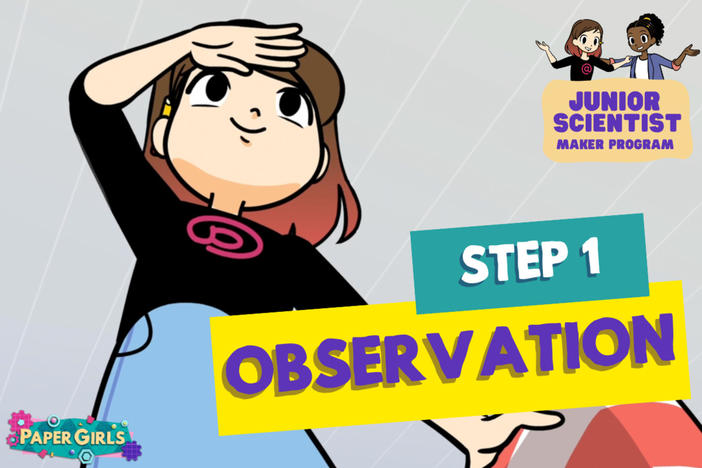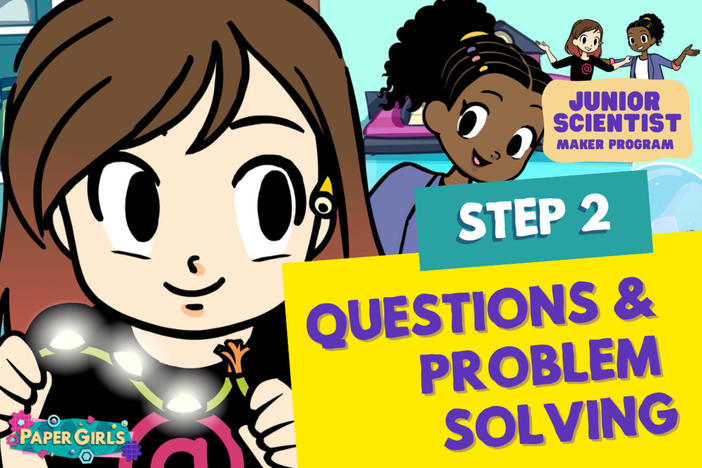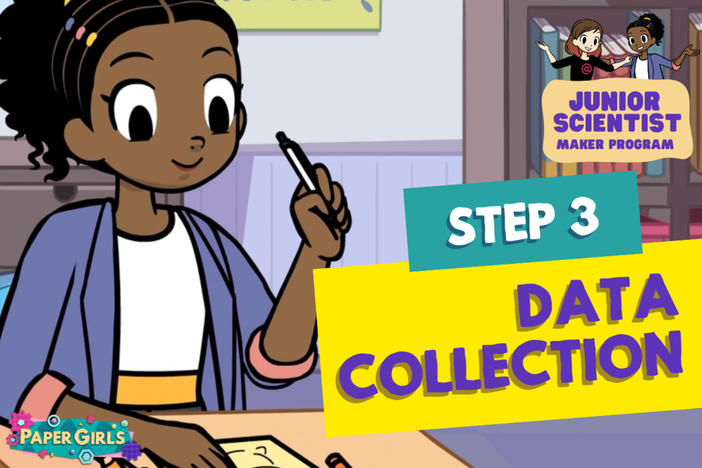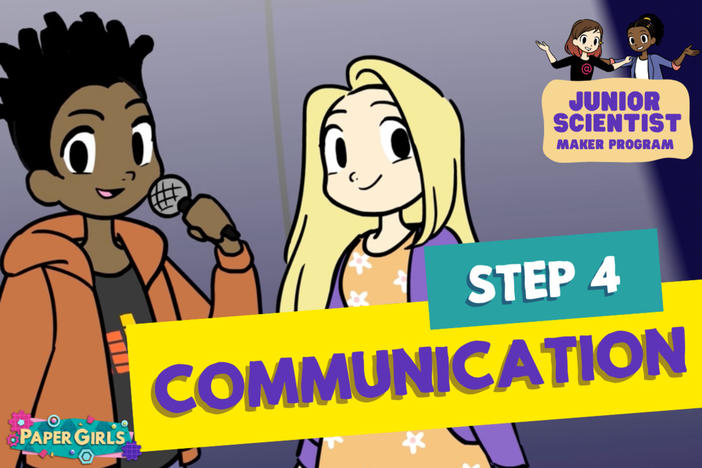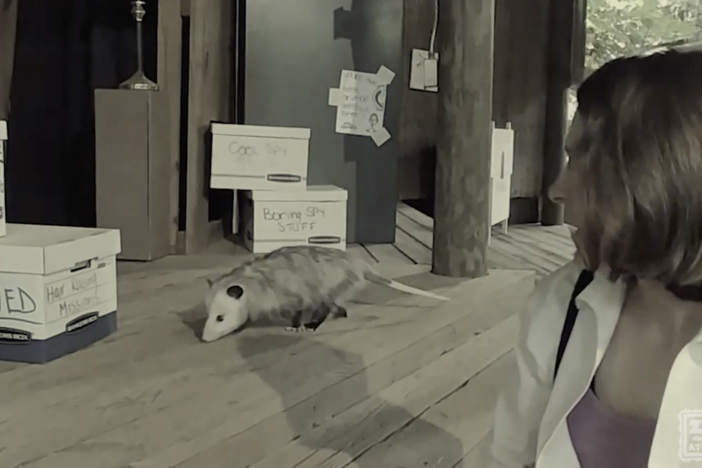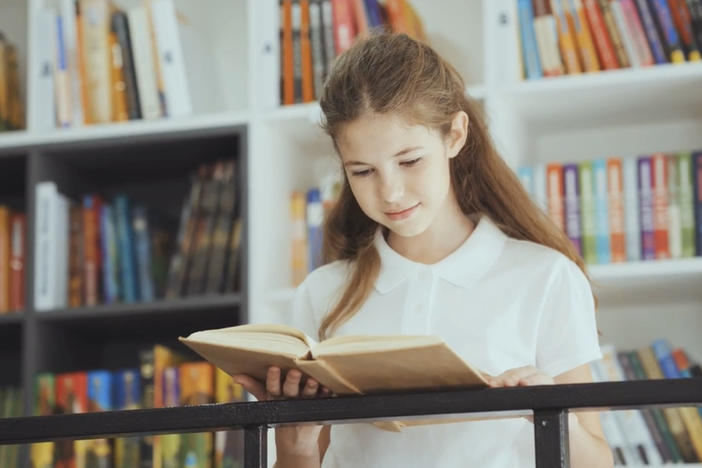STEP 5: Be a Scientist!
Dr. Jenna Jambeck is a scientist from the University of Georgia. She is studying plastic pollution using an app called Marine Debris Tracker and she needs your help! You can help by tracking the litter you find in your community. This data can help scientists understand the most common litter and where it is found. Click the links below to become citizen scientists in your own community, using Marine Debris Tracker.
STEP 5: Be a Scientist!
Dr. Jenna Jambeck is a scientist from the University of Georgia. She is studying plastic pollution using an app called Marine Debris Tracker and she needs your help! You can help by tracking the litter you find in your community. This data can help scientists understand the most common litter and where it is found. Click the links below to become citizen scientists in your own community, using Marine Debris Tracker.
Computer Science
Use the Design Process (use, modify, create) with a variety of tools to identify and solve problems by creating new, modified, or imaginative solutions.
Use a variety of technologies within a design process to identify and solve problems by creating new, useful, or imaginative solutions.
English Arts
With prompting and support, describe the relationship between illustrations and the story (how illustrations support the text).
Use illustrations and details in a story to describe its characters, setting, or events.
Use information gained from the illustrations and words in a print or digital text to demonstrate understanding of its characters, setting, or plot.
Explain how specific aspects of a text's illustrations contribute to what is conveyed by the words in a story (e.g., create mood, emphasize aspects of a character or setting).
Use a combination of drawing, dictating, and writing to compose informative/explanatory texts in which they name what they are writing about and supply some information about the topic.
Write informative/ explanatory texts in which they name a topic, supply some facts about the topic, and provide some sense of closure.
Write informative/explanatory texts in which they introduce a topic, use facts and definitions to develop points, and provide a concluding statement or section.
Write informative/explanatory texts to examine a topic and convey ideas and information clearly.
Write informative/explanatory texts to examine a topic and convey ideas and information clearly.
Write informative/explanatory texts to examine a topic and convey ideas and information clearly.
With guidance and support from adults, recall information from experiences or gather information from provided sources to answer a question.
With guidance and support from adults, recall information from experiences or gather information from provided sources to answer a question.
Recall information from experiences or gather information from provided sources to answer a question.
Recall information from experience or gather information from print and digital sources; take brief notes on sources and sort evidence into provided categories.
Recall relevant information from experiences or gather relevant information from print and digital sources; take notes and categorize information, and provide a list of sources.
Recall relevant information from experiences or gather relevant information from print and digital sources; summarize or paraphrase information in notes and finished work, and provide a list of sources.
Participate in collaborative conversations with diverse partners about kindergarten topics and texts with peers and adults in small and larger groups.
Participate in collaborative conversations with diverse partners about grade 1 topics and texts with peers and adults in small and larger groups.
Participate in collaborative conversations with diverse partners about grade 2 topics and texts with peers and adults in small and larger groups.
Engage effectively in a range of collaborative discussions (one-on-one, in groups, and teacher-led) with diverse partners on grade 3 topics and texts, building on others' ideas and expressing their own clearly.
Engage effectively in a range of collaborative discussions (one-on-one, in groups, and teacher-led) with diverse partners on grade 4 topics and texts, building on others' ideas and expressing their own clearly.
Engage effectively in a range of collaborative discussions (one-on-one, in groups, and teacher-led) with diverse partners on grade 5 topics and texts, building on others' ideas and expressing their own clearly.
Describe familiar people, places, things, and events and, with prompting and support, provide additional detail.
Describe people, places, things, and events with relevant details, expressing ideas and feelings clearly.
Tell a story or recount an experience with appropriate facts and relevant, descriptive details, speaking audibly in coherent sentences.
Report on a topic or text, tell a story, or recount an experience with appropriate facts and relevant, descriptive details, speaking clearly at an understandable pace.
Report on a topic or text, tell a story, or recount an experience in an organized manner, using appropriate facts and relevant, descriptive details to support main ideas or themes; speak clearly at an understandable pace.
Report on a topic or text or present an opinion, sequencing ideas logically and using appropriate facts and relevant, descriptive details to support main ideas or themes; speak clearly at an understandable pace.
Speak audibly and express thoughts, feelings, and ideas clearly.
Produce complete sentences when appropriate to task and situation.(See grade 1 Language standards 1 and 3 for specific expectations.)
Produce complete sentences when appropriate to task and situation in order to provide requested detail or clarification. (See grade 2 Language standards 1 and 3 for specific expectations.)
Speak in complete sentences when appropriate to task and situation in order to provide requested detail or clarification. (See grade 3 Language Standards 1 and 3 for specific expectations.)
Differentiate between contexts that call for formal English (e.g., presenting ideas) and situations where informal discourse is appropriate (e.g., small-group discussion); use formal English when appropriate to task and situation. (See grade 4 Language Standard 1 for specific expectations.)
Adapt speech to a variety of contexts and tasks, using formal English when appropriate to task and situation. (See grade 5 Language Standards 1 and 3 for specific expectations.)
Fine Arts
Generate and conceptualize artistic ideas and work.
Generate and conceptualize artistic ideas and work.
Generate and conceptualize artistic ideas and work.
Generate and conceptualize artistic ideas and work.
Generate and conceptualize artistic ideas and work.
Generate and conceptualize artistic ideas and work.
Science
Ask questions to obtain information about major changes to the environment in your community.
Construct an explanation of the causes and effects of a change to the environment in your community.
Plan and carry out an investigation to determine the relationship between an object's physical attributes and its resulting motion (straight, circular, back and forth, fast and slow, and motionless) when a force is applied.
Construct an argument as to the best way to move an object based on its physical attributes.
Use observations to construct an explanation of how light is required to make objects visible.
Ask questions to identify and compare sources of light.
Construct an explanation supported by evidence that vibrating materials can make sound and that sound can make materials vibrate.
Plan and carry out investigations to observe and record how light interacts with various materials to classify them as opaque, transparent, or translucent.
Plan and carry out investigations to describe the path light travels from a light source to a mirror and how it is reflected by the mirror using different angles.
Plan and carry out an investigation utilizing everyday materials to explore examples of when light is refracted.
Plan and carry out an investigation utilizing everyday objects to produce sound and predict the effects of changing the strength or speed of vibrations.
Design and construct a device to communicate across a distance using light and/or sound.
Construct an explanation based on observations to recognize the differences between organisms and non-living objects.
Develop a model to represent how a set of organisms and non-living objects are sorted into groups based on their attributes.
Develop models to identify the parts of a plant—root, stem, leaf, and flower.
Ask questions to compare and contrast the basic needs of plants (air, water, light, and nutrients) and animals (air, water, food, and shelter).
Design a solution to ensure that a plant or animal has all of its needs met.
Ask questions to collect information and create records of sources and effects of pollution on the plants and animals.
Explore, research, and communicate solutions, such as conservation of resources and recycling of materials, to protect plants and animals.
